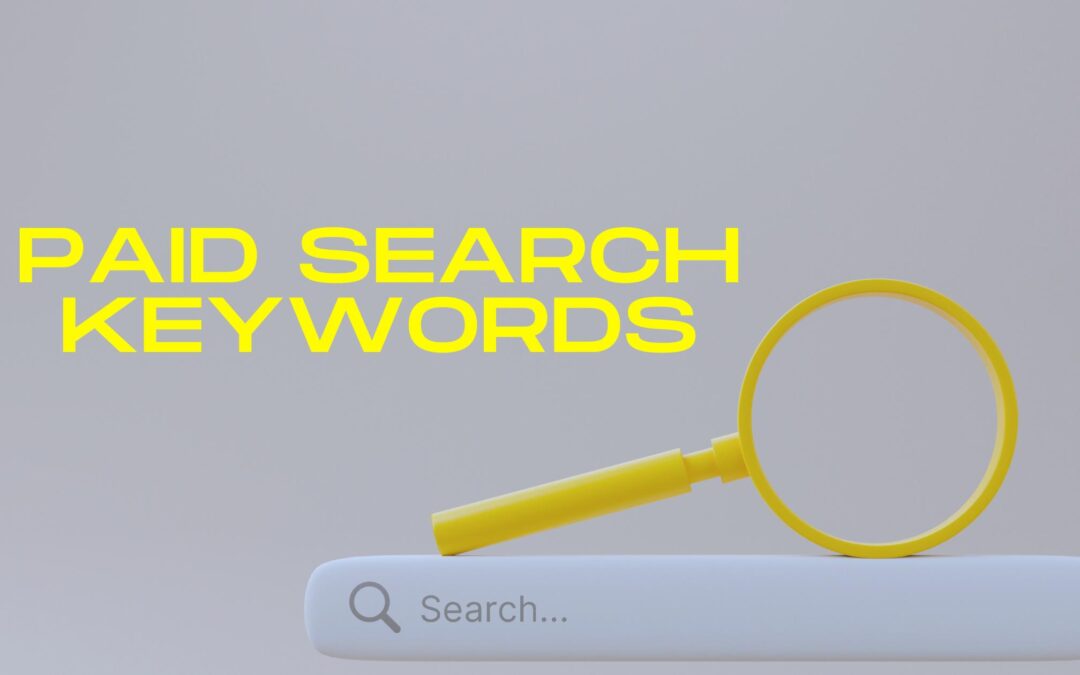Choosing the Right Keywords for Paid Search Success
In paid search marketing, keywords are the heart of your advertising efforts. They determine who sees your ads, when they see them, and how likely they are to click. Choosing the wrong keywords can quickly drain your budget, while the right ones can boost visibility, traffic, and conversions. If you want your campaign to perform well, you need a strategy for selecting keywords that align with your business goals and your audience’s intent.
Why Keywords Matter So Much
Each time someone uses a search engine, ads appear based on how well they match the user’s query. But it’s not just about picking popular words—your keywords must connect with what people truly want at that moment. This is where understanding user intent becomes essential.
1. Identify Search Intent
Not every keyword leads to a sale. To make your ads effective, start by identifying what users want when they search.
Common search intents:
- Informational: The user is looking for answers or explanations (e.g., “how to set up a home office”).
- Navigational: They’re trying to reach a specific site or brand (e.g., “Dell official site”).
- Transactional: They’re ready to buy or take action (e.g., “buy ergonomic office chair online”).
For paid search, focusing on transactional keywords brings the best return on investment because users are already prepared to take the next step.
2. Use Trusted Keyword Research Tools
To build a solid keyword list, use tools like:
- Google Ads Keyword Planner
- Ahrefs
- SEMrush
- Moz
- Ubersuggest
These platforms give insights into monthly search volumes, competition levels, and average cost per click (CPC). Focus on keywords that balance relevance, volume, and affordability.
3. Embrace Long-Tail Keywords
Long-tail keywords are detailed phrases that target very specific search queries, like “best running shoes for knee pain.” They usually get fewer searches, but they attract more qualified traffic.
Advantages:
- Lower competition and CPC
- Higher conversion potential
- Better alignment with specific buyer needs
For example, a business offering customized fitness plans might see better results using “personalized workout plan for beginners” than just “fitness plan.”
4. Organize Keywords into Logical Groups
Organize your keywords into tightly related clusters. This helps create highly targeted ad groups and relevant landing pages, which in turn improves your Quality Score on platforms like Google Ads.
Example keyword groups:
- Group A: “affordable graphic design service,” “cheap logo design”
- Group B: “professional brand identity,” “branding package services”
Well-structured ad groups allow for more customized ads and higher engagement rates.
5. Don’t Ignore Negative Keywords
Negative keywords stop your ads from showing up for irrelevant searches. If you sell premium watches, you don’t want to appear in results for “free wristwatch giveaways.”
Why use them:
- Cut down on wasted clicks
- Improve targeting accuracy
- Maximize ad spend efficiency
Always review your search term reports and update your negative keyword list to keep your campaign tight and focused.
6. Monitor and Optimize Regularly
Keyword selection isn’t a one-and-done task. Regular monitoring helps you spot underperforming keywords and optimize your strategy. Keep an eye on:
- Which keywords bring conversions
- Which ones burn through budget with little return
- New keyword trends or seasonal shifts
This helps you reallocate budget to keywords that deliver results.
7. Choose the Right Match Types
Paid search platforms offer keyword match options:
- Broad Match: Reaches wide audiences, but may attract irrelevant clicks.
- Phrase Match: Ads show for queries that include your phrase in order.
- Exact Match: Targets only precise keyword matches for the highest relevance.
Mixing match types helps balance reach and precision depending on your goals and budget.
Final Thoughts
Selecting the right keywords is more than just choosing popular phrases—it’s about understanding what your audience is searching for and being ready with the right offer. By focusing on search intent, using the right tools, embracing long-tail keywords, and continuously optimizing, your paid search campaigns can attract the right visitors and drive stronger results.
Done right, keywords won’t just bring traffic—they’ll bring the right traffic.




